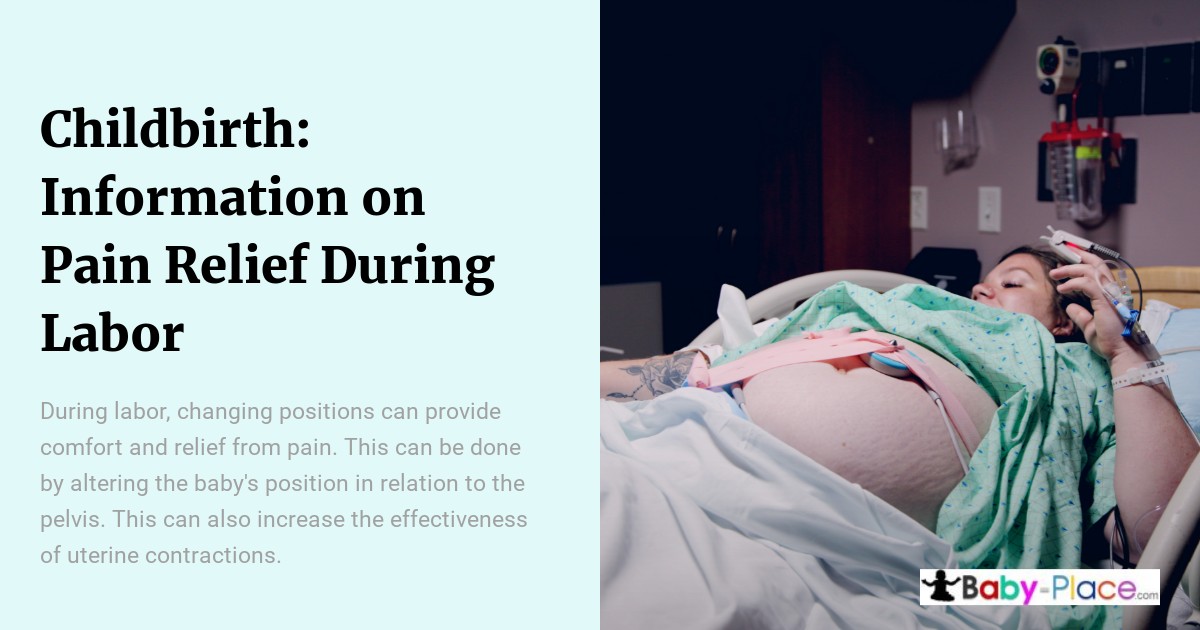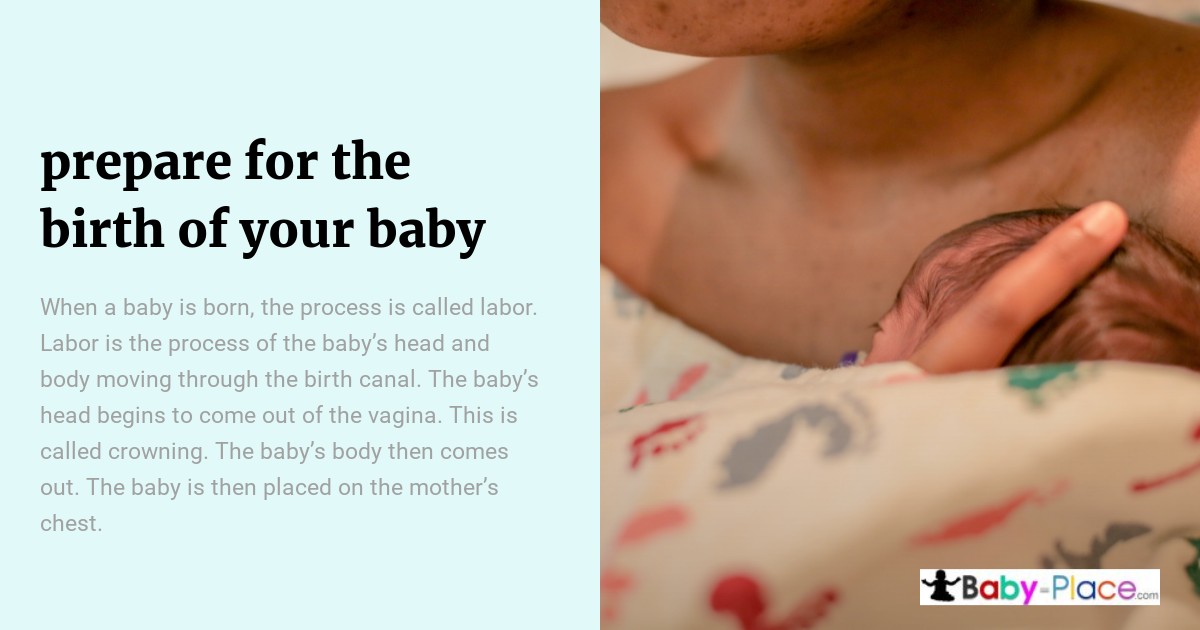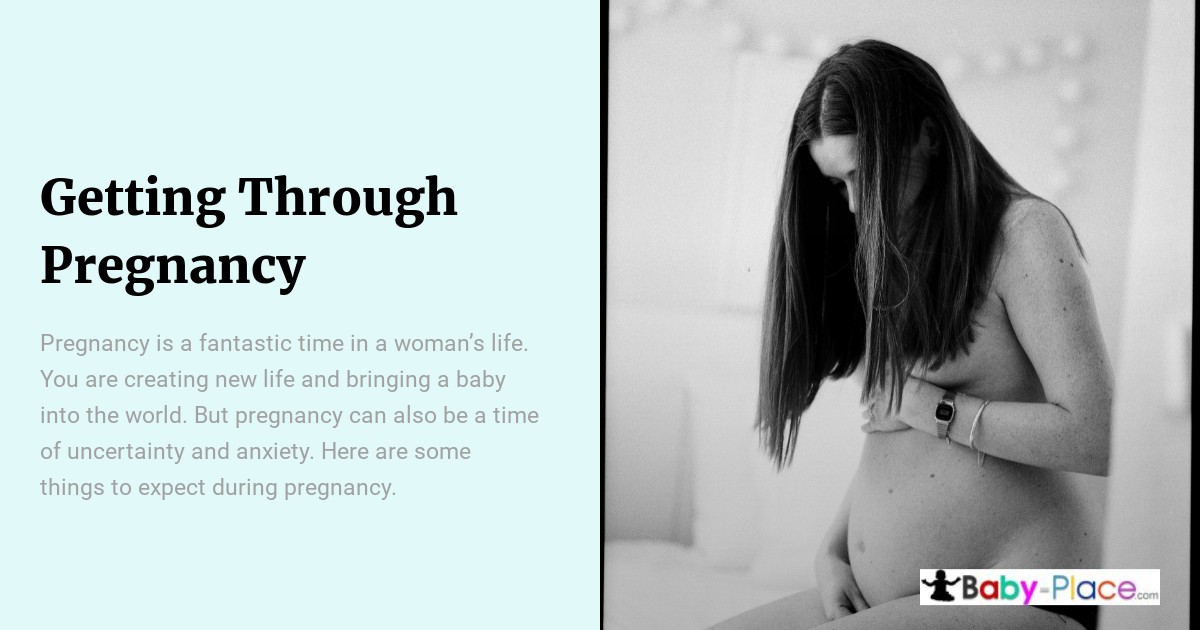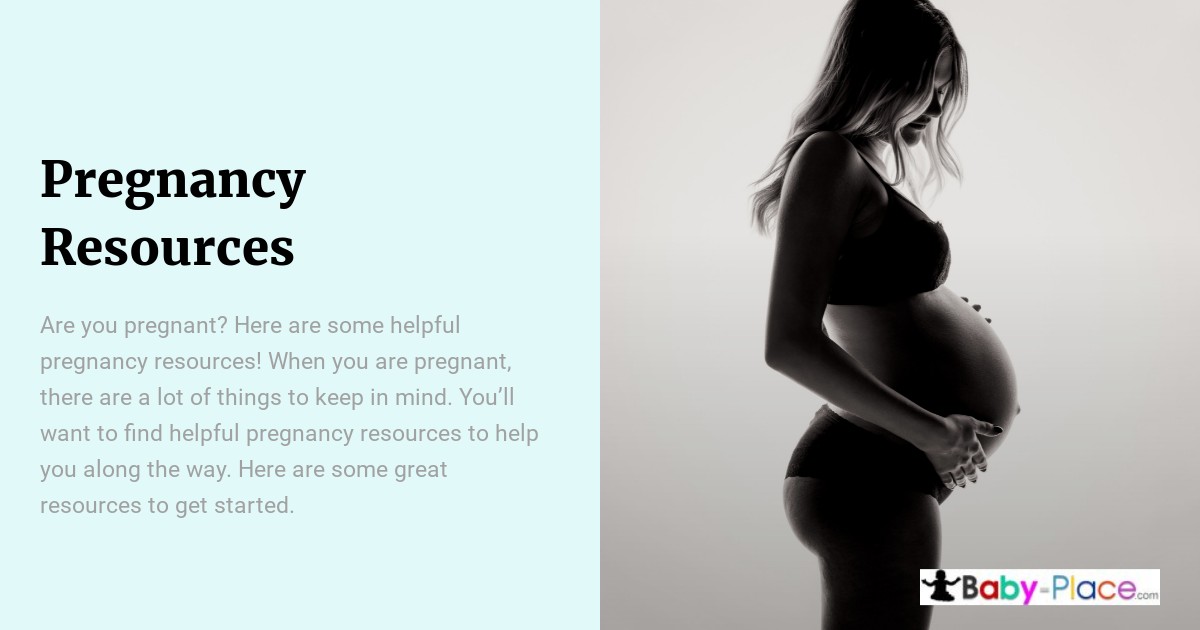
Sex selection for babies is an increasingly popular practice among couples who are looking to plan their families and determine the sex of their unborn children. As a reproductive health expert, I believe it’s important that prospective parents understand both the medical risks associated with this controversial procedure as well as the ethical considerations that come into play when deciding whether or not to pursue it. In this article, we’ll explore these topics in greater depth so readers can make informed decisions about what’s best for them and their families.
When considering sex selection for babies, there are two primary methods available: pre-implantation genetic diagnosis (PGD) and sperm sorting technologies. PGD involves extracting cells from embryos created via IVF and testing them to determine gender before implanting them in a woman’s uterus. Sperm sorting technologies involve separating male sperms–which carry a Y chromosome–from female sperms—which carry an X chromosome—and then using one type of sperm during artificial insemination or IVF procedures. Both techniques have become more accessible over time due to advances in technology and medicine, which have made it easier for couples to choose the sex of their baby prior to pregnancy.
However, despite its accessibility there are still several drawbacks associated with attempting to select the sex of your child medically. Some experts argue that doing so could lead to societal imbalances if people begin showing preference toward certain genders; others cite ethical implications related to privacy violations and unequal treatment of sexes during assisted reproduction processes. Additionally, while safe when done under proper supervision by experienced clinicians, some research suggests that PGD may increase risk of chromosomal abnormalities or other developmental issues later on in life.
Ultimately, selecting the sex of your baby should be approached thoughtfully and carefully weighed against potential risks involved. In this article we will dive deeper into each method and discuss both sides of the argument surrounding this complex issue.
Definition
Sex selection for babies is the practice of using medical technology to choose the gender of a child prenatally. It has become increasingly popular around the world as parents opt for more control over their family planning decisions. To illustrate, in China and India – countries where traditional culture still places strong emphasis on having sons – sex-selective abortions are commonplace.
It’s important to note that this practice carries serious ethical implications. Sex selection can lead to deep social divides between genders, with certain cultures valuing one sex higher than another; it also affects how communities view and treat female children who may be born as a result of such practices. Additionally, it’s worth noting that some countries have made it illegal due to these considerations.
Background Information
Now that we have established a definition for sex selection, let us take a look at the history and current state of this procedure.
Sex selection has been practiced in many cultures across the world since ancient times, some using methods such as selective abortion while others relied on natural processes like timing intercourse around ovulation. In recent decades, advancements in reproductive technologies have made it possible to select an embryo’s sex with greater accuracy than ever before. This includes techniques such as pre-implantation genetic diagnosis (PGD).
The use of these new technologies raises important ethical questions about the implications of sex selection for society:
Possible consequences:
- Social: It could lead to gender imbalance in societies where having sons is preferred over daughters.
- Health concerns: There are also health risks associated with PGD due to its invasiveness and potential impact on embryos’ development.
- Moral/ethical issues: It can be argued that allowing parents to choose their child’s gender is unethical or wrong because they are playing God by manipulating the natural process of conception.
These considerations must be taken into account when discussing the pros and cons of sex selection for babies. However, there are still medical circumstances under which selecting an embryo’s gender may be beneficial or even necessary – for example if a couple carries a serious inherited condition linked to one particular gender which could cause harm to future generations should it pass down through them. In these cases, professionals must weigh up all available evidence and make sure any decision taken is done so responsibly and ethically.
Pros And Cons
On the one hand, some may argue that sex selection for babies should be allowed in order to avoid potential genetic diseases or abnormalities. However, on the other hand, there are many cons associated with this practice – a decrease in gender diversity and an increase in gender discrimination. Furthermore, it could also lead to certain social issues such as unequal division of resources within families as well as increased pressure on parents to produce children of a particular gender.
Moreover, this kind of selective reproduction technology can create ethical dilemmas when used by couples who already have two or more children of the same gender. They might feel obligated to keep having children until they get the desired outcome which is not only expensive but emotionally taxing too. In addition, sex-selection is often motivated by cultural preferences rather than health concerns and can result in imbalanced gender ratios in society. All these implications suggest that allowing sex selection for babies should not be taken lightly and must be carefully considered before being implemented.
Ethical Considerations
Moving on from the discussion of pros and cons, let us consider ethical considerations related to sex selection for babies. This is a complex issue that requires careful thought and consideration, as it could have serious implications for society.
| Argument | For | Against |
|---|---|---|
| Gender equality | More balanced gender ratio in population | Unintended consequences such as discrimination against girls or boys based on their perceived value in the family because of their sex |
| Reproductive autonomy | People should be free to choose whether or not they want to use this technology | Could lead to commodification of children and devaluation of reproductive rights |
| Eugenics | Ability to reduce disease burden by screening out diseases associated with certain sexes | Some people may misuse the technology for eugenic purposes such as creating “designer” babies according to specific characteristics like intelligence, beauty etc. |
It has been suggested that allowing parents to select the sex of their child could be beneficial to societies where there is a strong preference for one gender over the other, leading to an imbalanced gender ratio in population. However, this could potentially lead to unintended consequences such as discrimination against either boys or girls within families based on their perceived value due to their sex. Moreover, many argue that everyone should have access to reproductive technologies so that individuals can fully exercise their right of reproductive autonomy; however, others fear that this might lead to commodification of children and devaluation of reproductive rights if it becomes widely available. Additionally, some believe that sex selection technologies can also reduce disease burden by enabling couples who are at risk of passing certain genetic disorders onto their offspring only affect certain genders (e.g., hemophilia). While this application may appear useful initially, others worry about potential misuse of these technologies for eugenic purposes i.e., creating “designer” babies with specific desirable traits like intelligence or beauty which can further widen existing disparities between social classes.
Overall, while sex selection for babies may offer several potential benefits under limited conditions, its ethical implications must be carefully considered before deciding whether or not it should be made more widely accessible.
Cultural Practices
Ah, the joys of sex selection for babies! What would parents do without it? Just think about all those poor folks in other countries who don’t get to practice such a delightful custom. It’s almost enough to make one weep with pity! In any case, let’s take a closer look at some of the cultural practices surrounding this highly prized service.
For many cultures around the world, having a son carries great significance and is seen as an essential part of family life. This could be due to traditional gender roles or even religious beliefs within these societies which dictate that boys are more valuable than girls. Consequently, couples may resort to using sex selection techniques in order to increase their chances of conceiving a male child.
In addition to this, there can also be practical considerations behind opting for sex selection technologies; from wanting a boy because he will carry on his father’s surname and ethnicity, or simply because sons are often viewed as better earners than daughters – especially when it comes to supporting elderly family members financially. Whatever the reasons might be, it is clear that parents should always weigh up the risks involved before making such important decisions regarding reproductive health.
Legal Aspects
Moving on from the cultural practices of sex selection for babies, let’s take a look at the legal aspects. In some countries it is illegal to use medical methods such as pre-implantation genetic diagnosis (PGD) or intrauterine insemination with donor sperm (IUI-DI) to select an embryo based on its gender. For example:
- In India, sex determination techniques are banned by law and anyone found guilty faces up to 5 years imprisonment.
- In China, couples must wait until after their first child has been born before they can be allowed access to PGD to choose the gender of their second child.
- The UK has no laws against using PGD or IUI-DI for non-medical reasons but does have legislation that states any tests carried out must not be done solely to determine the sex of a fetus or embryo.
Therefore, many countries have implemented laws regarding this matter as they recognize how much of an ethical dilemma it poses when considering issues such as discrimination based on gender and population imbalance due to male preference over female births in certain regions. It is important then, when dealing with reproductive health matters such as those related to sex selection for babies, that practitioners adhere to the relevant local regulations so that their services remain compliant with any applicable laws and maintain appropriate standards of practice.
Current Methods Of Sex Selection
“The old adage ‘be careful what you wish for’ applies here; sex selection is a complex issue with potentially serious implications. While it isn’t new, the technology available now has made sex selection more accessible than ever before.
There are two primary methods of selecting or influencing the gender of an unborn baby: pre-implantation genetic diagnosis (PGD) and sperm sorting. PGD involves removing one cell from an embryo created through in vitro fertilization (IVF). This single cell is then tested to determine its sex. The embryos that are not desired can be discarded while those that meet the criteria can be implanted into the mother’s uterus as normal. Sperm sorting works by separating x chromosome carrying sperm from y chromosome carrying sperm, allowing couples to increase their chances of having a specific gender based on which type of sperm they choose to use during IVF or intrauterine insemination (IUI).
Though these techniques offer noninvasive ways for parents to select their child’s gender, there are still significant ethical considerations involved when making this decision. Sex selection must always remain voluntary and should never be used coercively or discriminatorily. Furthermore, even if all other considerations have been addressed thoughtfully, any couple considering these options should consider how this will affect them emotionally following the birth of their child.”
Preimplantation Genetic Diagnosis (Pgd)
Moving on from the current methods of sex selection, Preimplantation Genetic Diagnosis (PGD) is a procedure that can be used to select embryos based on their gender. This advanced technique involves removing one or two cells from an embryo before it’s placed into the uterus. The removed cells are then tested for genetic abnormalities, as well as their gender. If couples want to use PGD specifically for gender selection purposes, they must transfer only those embryos that match their desired sex.
It’s important to note that while this technology has been available since 1990, there are still some ethical concerns surrounding its usage due to potential issues like misidentifying genders and creating imbalance in male-female ratios within populations. In addition, there may also be additional costs associated with using PGD for sex selection purposes. Therefore, it’s essential for individuals considering this option to discuss all possible risks and benefits with their healthcare provider prior to making any decisions about proceeding with the procedure.
Sperm Separation Technique (Sst)
Sperm Separation Technique (SST) is a method of sex selection for couples who desire to have a baby of their desired gender. This technique involves the sorting and separation of X-bearing sperm, which are responsible for producing female offspring, from Y-bearing sperm that produce male babies.
| Advantages | Disadvantages |
|---|---|
| Accurate results with high success rate Less expensive than other methods like preimplantation genetic diagnosis (PGD) | Requires in vitro fertilization (IVF) Expensive procedure compared to AIH or DI High risk of multiple pregnancies Ethical issues raised by some people due to its use as a means for family balancing rather than medical necessity |
With SST, there is less chance for error because it accurately separates the two types of sperm based on size and motility characteristics. Its cost is also lower than more complex procedures such as preimplantation genetic diagnosis (PGD). However, this process requires IVF which may be costly and carries an increased risk of multiple births. Furthermore, ethical concerns arise since it can be used for nonmedical reasons such as family balancing.
It’s important to note that any form of assisted reproductive technology should not be entered into lightly; potential risks and benefits must always be weighed before making a decision. Thus, those considering SST should consult with fertility experts prior to committing to treatment.
Pre-Conception Gender Selection (Pcgs)
After discussing Sperm Separation Technique (SST), let’s move on to Pre-Conception Gender Selection (PCGS). This is a method of gender selection that can be used before conception. It involves the use of sophisticated techniques, such as preimplantation genetic diagnosis (PGD) and in vitro fertilization (IVF). In PGD, cells from an embryo are tested for their gender prior to implantation into the uterus. IVF requires couples to create multiple embryos using sperm and eggs outside the body, then test them for gender and select one or more embryos which contain the desired sex chromosomes.
Both methods come with certain risks, including increased rates of miscarriage, birth defects, and other medical issues. It is important that potential candidates understand these risks before undergoing any kind of pre-conception gender selection process. Additionally, there may also be legal implications depending upon where you live since many countries have laws prohibiting this type of reproductive technology. It is essential to consult your physician about all available options and make sure that you are making an informed decision when it comes to selecting the best method for your family planning needs.
Selective Abortion/Gender-Based Abortion (Gba)
Gender-based abortion (GBA) is a practice that has been used to select the gender of an unborn baby. This process can be done as early as 8 weeks into pregnancy, and involves terminating a fetus if it’s not the desired sex. It is important to note that this type of procedure is illegal in many countries around the world – including most European nations, Canada, and India.
The main argument for GBA is that it gives parents control over their fertility options by allowing them to choose the sex of their offspring. However, there are some potential risks associated with this practice:
- It could lead to a skewed gender ratio – If couples systematically abort female fetuses more often than male ones, then this could create an imbalance in the population’s overall gender composition.
- It promotes discrimination against women – In societies where males are traditionally favored over females, performing GBA may perpetuate existing norms of inequality between genders.
- It lacks ethical justification – Some experts argue that artificially selecting for certain characteristics goes against basic principles of medical ethics since it interferes with natural processes and life choices.
- It raises safety concerns – Performing these procedures without proper medical supervision carries significant health risks due to inadequate access to healthcare or lack of knowledge about safe practices related to termination procedures.
Given these considerations, practitioners should approach any requests for GBA with great caution and carefully evaluate both legal implications and moral ramifications before making decisions regarding patient care.
Potential Risks And Complications
The potential risks and complications of sex selection for babies are truly staggering. From the possible increase in gender-based discrimination to the physical, mental, and emotional toll this procedure can take on a person’s health, it is clear that parents need to understand all aspects before making such a life-altering decision.
To begin with, attempting to influence nature by selecting the sex of one’s baby brings about some heavy moral implications. If one particular gender is favored over another, there is an increased risk of gender inequality or even violence against those not chosen as desired. Furthermore, many people worry that allowing parents to choose their child’s sex could result in widespread exploitation of women as well as an unbalanced reproductive population structure due to fewer female births.
In addition to these ethical concerns, preimplantation genetic diagnosis (PGD), which is used during IVF treatments for sex selection purposes, carries its own set of medical risks including miscarriage or ectopic pregnancy. Moreover, couples undergoing PGD may also have heightened psychological stress from both the process itself and any underlying infertility issues they face when trying to conceive naturally. Therefore, any couple considering using PGD for sex selection should consult a trusted physician beforehand and weigh all potential consequences carefully.
Cost Of Sex Selection Procedures
The cost of sex selection procedures varies depending on the clinic and the method used. Generally speaking, these methods can be expensive. For example, sperm sorting and embryo biopsy are two popular options but they come with associated costs that range from several hundred to several thousand dollars per attempt. Intrauterine insemination (IUI) is a more affordable option, ranging between $100 and $1,000 for each try. In addition to any medical fees associated with a procedure, there may also be additional costs such as medications or travel expenses if the couple needs to visit a specialized clinic for their treatment plan.
It’s important for couples considering sex selection to understand not only the financial implications of various procedures but also the emotional impact it may have on them and their family members. Discussing all relevant aspects of this decision before proceeding is advised so potential parents can make an informed choice about whether this path is right for them.
Alternatives To Gender Selection For Parents
According to a recent survey, two-thirds of parents who would consider using gender selection techniques for their children prefer non-invasive methods. This demonstrates that there is an increasing demand for alternatives to costly and complicated medical treatments.
For those looking for options beyond the traditional route, many other approaches exist. One such approach is family balancing, which involves choosing the gender of one or more future children in order to create a balanced ratio between male and female siblings. This can be done through natural methods like timed intercourse and diet modification, as well as with assisted reproductive technology (ART).
An additional option is called preimplantation genetic testing (PGT) – also known as preimplantation genetic diagnosis (PGD). PGT/PGD is a comprehensive screening process used to detect any chromosomal abnormalities before an embryo is implanted into the uterus. It can also assess the sex of embryos prior to transfer, allowing couples to select only male or female embryos depending on their desired outcome. However, this method generally requires multiple cycles of IVF treatment due its low success rate.
Social Implications
Though gender selection offers parents a choice in determining the sex of their baby, it can also have serious social implications. This process is often used to create families with all sons or all daughters, which may lead to discrimination against those who are born outside of these traditional family structures. Furthermore, since gender selection disproportionately occurs in countries that favor boys over girls, this could potentially contribute to an imbalance in male-to-female birth ratios.
In addition, there has been some concern about how this technology might be abused for eugenic purposes. For example, if couples were able to select traits such as eye color and intelligence level, this would likely exacerbate existing disparities between different socioeconomic classes. Therefore, any decision to pursue gender selection should be made carefully so that its potential consequences can be fully understood and considered beforehand.
Conclusion
The practice of sex selection for babies is a complex issue that carries many implications. It’s important to consider both the potential benefits and risks associated with this procedure in order to make an informed decision. I hope this article has provided readers with valuable insight into the process, ethical issues involved, cultural practices, and potential consequences.
Overall, it’s clear that gender selection procedures come with some serious considerations. They can be emotionally taxing on parents, as well as expensive and potentially risky. Therefore, before choosing to pursue any sort of gender selection method, couples should weigh all their options carefully — including exploring alternatives such as adoption or surrogacy — so they can make a choice that best fits their situation.
All things considered, sex selection for babies is no small undertaking: families must evaluate the physical, emotional and financial costs of taking such a step. A reproductive health expert can offer advice about what will work best for each individual case; however ultimately it’s up to the family to decide if this path is right for them – as long as they do so with fully informed consent!
Frequently Asked Questions:
What are the primary methods available for sex selection for babies?
The two primary methods for sex selection are pre-implantation genetic diagnosis (PGD), which involves testing embryos created via IVF for gender before implantation, and sperm sorting technologies, which separate male (Y chromosome) and female (X chromosome) sperm for use in artificial insemination or IVF.
What are some ethical concerns associated with sex selection for babies?
Ethical concerns include potential societal gender imbalances, discrimination against certain genders, privacy violations, and unequal treatment during assisted reproduction. There are also moral questions about manipulating natural conception and the commodification of children.
What are the potential health risks of using pre-implantation genetic diagnosis (PGD) for sex selection?
PGD may increase the risk of chromosomal abnormalities or developmental issues in embryos. Additionally, the procedure is invasive and carries risks associated with IVF, such as miscarriage or ectopic pregnancy.
Why is sex selection for babies controversial in some cultures?
In cultures with strong preferences for one gender (often male), sex selection can lead to gender imbalances and discrimination against the less favored gender. This has resulted in legal restrictions in countries like China and India to prevent gender-based abortions and societal disparities.
What are some alternatives to medical sex selection for parents?
Alternatives include natural family planning methods (e.g., timing intercourse), adoption, or surrogacy. Some couples may also opt for preimplantation genetic testing (PGT/PGD) for medical reasons rather than gender preference, though this still involves IVF.





















